Sigma was a little slow to adopt to the Sony FE platform despite embracing APS-C e-Mount years ago. 2018 brought retooled versions of a number of their ART series DSLR lenses, though those lenses had clear compromises in size and performance based on their not having been originally developed for Sony. In 2019, however, all of that changes, and Sigma is rolling out multiple dedicated, freshly designed lenses for Sony FE – an eclectic first crop including a small prime with a medium maximum aperture, a big, expensive prime with a huge maximum aperture, and a wide angle zoom that is a dedicated mirrorless design of a popular ART series zoom. The first of these that I’m looking at is a pint-sized 45mm F2.8 option – the Sigma 45mm F2.8 DG DN. Though this lens carries a “Contemporary” designation, the build quality is actually very high and the little lens is nearly as feature rich as the Sony G Master lenses. It is a lens designed to cover the full frame image circle (DG) but is purposefully designed for mirrorless (DN). This lens is also available in a Leica L mount, and there is some conjecture that is really the primary platform the lens was designed for. The Sigma 45mm is reasonably priced in an absolute sense, but, as this review will bear out, it might strike the intended audience as being a little “dear” on the Sony side (where I’m reviewing on a Sony a7RIII) when one considers the performance. Leica shooters are more accustomed to spending a premium, but this lens might be a harder sell on Sony. Why?
In many ways the little Sigma 45mm is an aberration from Sigma orthodoxy. In a day where Sigma lenses are nearly always large, the 45mm F2.8 is small. Whereas most Sigma lenses emphasize sharpness, the designers of the Sigma 45mm tout its smooth bokeh instead. The lens can focus down quite closely, but is fairly soft at close focus distances. The anecdotal feedback I’ve gotten from early adopters is mixed; some love the rendering from the lens and are delighted with it while others feel that it isn’t sharp enough to justify it’s price tag (currently $549 USD). In short, it’s a little complicated. I’ll do my best to give as nuanced a perspective on the lens as possible in this review.
So join me as explore the highs and lows of Sigma’s new little full frame mirrorless prime. If you prefer to watch reviews, you can find my thorough video review here:
Follow Me @ Patreon | My Newsletter | Instagram | Facebook | Twitter | Flickr | 500px
Sigma 45mm F2.8 Build, Design and Handling
This is the second compact 45mm lens for Sony FE I’ve looked at in the last couple of months, and I loved the Samyang AF 45mm F1.8 and gave it high marks in my recent review. While there are areas that I definitely prefer the Samyang, the build and design is not one of them. The Sigma engineers have done a beautiful job in crafting the little Sigma 45mm. Find out all about it in this video episode:
As noted above, the Sigma 45mm does carry the “C” badge which stands for “Contemporary” (surely Sigma’s oddest designation of the three). Not Sport, not Art, Contemporary. Hmmm… Typically the lenses branded Contemporary carry Sigma’s lowest level of build, with Sport lenses given the most robust while Art lenses land in the middle. As I’ve said, however, the 45mm is a bit of a misfit in this typical hierarchy, as it carries the nicest build quality I’ve seen of any of their Contemporary lenses.
Forget engineered plastics; the Sigma 45mm is made all of metal alloys, with even the hood made of metal.
It’s a handsome little lens that somewhat of a “cine lens” look due to the raised focus and aperture rings. That’s right – the Sigma 45mm joins the new 35mm F1.2 ART as being the first Sigma lenses that I’ve reviewed to have an aperture ring. It works just like Sony G Master lenses where one has the option of selecting A (Automatic) and controlling aperture from within the camera like most lenses, but then one can also manually select aperture in one-third stop detents. Some people question the necessity of an aperture ring (particularly one that cannot be declicked for video aperture racking), but I can say for myself that I personally strongly prefer to have an aperture ring even for stills. I find it helps me to be more intentional about the use of aperture and plan in advance for what aperture will best suit my shot.
Another solid addition is the AF/MF switch on the side of the barrel. This is something that many mirrorless lenses lack, but I still find an actual physical switch the quickest and easiest way to move between autofocus and manual focus.
There is also a manual focus ring. The focus ring, like the aperture ring, is a “by-wire” system, meaning that input on either the focus ring or the aperture ring is electronically communicated rather than through a direct mechanical coupling. This means that input on the focus ring or the aperture ring will not create any physical changes unless the lens is attached to a camera and powered on. The focus ring has a nice feel to it, and Sigma has done a good job emulating traditional manual focus. My one minor complaint is that the nature of the protruding focus ring and lens hood and their close placement means that one doesn’t have a lot of room to grab the focus ring without encountering the lens hood. A little more spacing between the two would have been nice.
The lens is 2.52 x 1.82″ / 64 x 46.2 mm (DxL) and weighs 7.58 oz / 215 g. This makes it slightly shorter but wider than the Samyang 45mm F1.8 (2.43 x 2.21″ / 61.8 x 56.1 mm), and that extra degree of build quality makes it a bit heavier than the Samyang (5.71 oz / 162 g). The Sigma 45mm sports a 55mm filter thread up front.
The lens does have a weather sealing gasket, though there are no other internal seals in the lens.
In another departure from most Sigma lenses, the aperture has only seven blades (rather than nine).
The Sigma 45mm can focus down to 9.45″ / 24 cm and delivers a 0.25x magnification figure (1:4 reproduction). The figure is very useful, but unfortunately wide open performance at this close focus distance is not very good.
Stopping down to F4 dramatically improves the close focus performance.
The lens is beautifully made, yet compact and light. This is definitely a blueprint that I wouldn’t mind seeing Sigma follow for future DG DN lenses.
Autofocus Performance
The Sigma 45mm utilizes a stepping focus motor that makes fast, quiet focus changes. If you watch the video review you can see/hear the focus motor during focus changes in video. It’s all good news, though, as the focus is quiet, focus pulls are accurate and smooth, and there is little to no hunting or settling. I used the lens for several of my video episodes and had nice, steady autofocus for my static scenes without any of the nervousness (minor focus changes and focus not settling) that plagues lenses with poorer AF systems.
Eye AF worked well for me during my tests, with good focus accuracy with a human subject in the frame:
Pet Eye AF also worked fine:
At first I questioned some of the focus accuracy at close-focus distances, but I realized as I became more familiar with the lens that this was due to the lens not being particularly sharp up close rather than missed focus.
My general purpose accuracy was fine as well.
On a couple of occasions with smaller apertures I did run into an issue I’ve seen with other lenses on Sony – sometimes focus either pulses and doesn’t settle or gives a false positive as if proper focus was achieved but nothing is in focus. It happened here, but only on one other occasion that I saw:
By and large, however, focus was very good. I have no real concerns on that front.
Sigma 45mm F2.8 FE Image Quality
It’s here where things get, well, complicated. I have a few concerns whenever I test a prime lens that doesn’t have an aperture advantage over a zoom lens, as that advantage is often one of the principle reasons why a photographer will choose a prime lens (with a fixed focal length) over the versatility of a zoom lens. If the advantage is not aperture, then what instead will stand out as the primary reason to choose the prime over a zoom? The three other reasons that spring to mind is 1) image quality 2) size or 3) price. There is a very good and reasonably priced zoom lens from Tamron (the 28-75mm F2.8 RXD) that stands out as a, ahem “primary” challenger to the prime. The zoom weighs more than twice as much (550g) and is over twice as long (117.8mm), but it’s size isn’t unreasonable. It costs $300 more, but it is still a relative value. Any one of these areas might be a deal breaker for a potential owner, but maybe not, too.
You can find a number of comparisons to the zoom lens and the Samyang AF 45mm F1.8 prime in this video episode here:
There is some pincushion distortion along with a mild amount of vignette at F2.8. The vignette is not particularly heavy, but it does extend fairly far into the frame. The Sigma 45mm is compatible with Sony’s lens aberration correction so A) JPEGs are corrected in camera B) Video is corrected in camera and C) RAW files arrive with an embedded profile.
In other words, you probably won’t really see the distortion or vignette unless you want to.
No problem there.
Now, one would expect that since the Sigma 45mm only has a maximum aperture of F2.8, then it is probably deadly sharp from F2.8 on…right? Well, that’s where things get complicated. The little Samyang is actually sharper in the center (small amount) and the corners (a little more) at F1.8 compared to the Sigma at F2.8:
That margin only grows when the Samyang is stopped down to F2.8:
This is obviously not what I expected. I actually reached out to my friends at Sigma Canada and had them send me a second copy of the lens so that I could be sure I was getting accurate results. I was.
Greater insight into the design philosophy of this lens came from reading an article from one of the engineers on the project about its development. Yasuhiro Ohsone noted that early in the development cycle they were unsuccessful in designing a lens that would be much sharper than the competitors, and they feared that trying to engineer further towards sharpness would have a damaging effect on the bokeh from the lens. The engineers pitched the idea of developing the lens with bokeh performance as the priority instead.
The result is this lens, which isn’t very sharp at F2.8 at closer focus distances (it does improve at medium to infinity distances) due to low contrast and bit of haze on the textures. You can easily see that contrast lags behind the Samyang (and the Tamron zoom, too) at F2.8 at closer focus distances.
If you move out to the roughly 2 meter range, the gap closes and the Sigma 45mm looks about as sharp and contrasty at the Tamron zoom:
If you look up into the bokeh region, however, you can clearly see the priority of the prime lens over the zoom. It’s bokeh is definitely smoother looking:
After reading the article, I did a lot of tests of the bokeh, and I can agree that it does produce nice, soft defocused rendering.
The problem lies in the fact that a 45mm F2.8 lens isn’t going to have a lot of opportunities to create a high quantity of bokeh, particularly when the lens isn’t incredibly sharp close up. I’m willing to stipulate that the Sigma 45mm F2.8 has softer bokeh rendering than the Samyang AF 45mm F1.8, but here’s the problem: the Samyang is sharper at F1.8 than the Sigma is at F2.8, so there’s no reason to stop the Samyang down. The middle image below shows that the bokeh from the Samyang appears softer than the Sigma because of the additional quantity at F1.8 (vs F2.8), even though the final image (with both lenses at F2.8) shows a win for Sigma in smoothness.
Hmmm….
Those that have developed affection for the Sigma 45mm have done so because they like the look of the images (and the handling/size of the lens) and care less about the technical aspects of its performance. That’s a valid approach, so be sure that you really like the look of the images the lens creates before investing in it. Here’s a few more wide open shots for you to consider.
Stopping the lens down to F4 shows a significant improvement in center sharpness (very sharp) along with a positive corner performance (quite sharp). Stopping down to F5.6 moves the corners into excellent range.
Landscape images at F5.6-8 are generally nice and sharp across the frame. Acutance (ability to render fine details) isn’t off the charts, but my standards for this are pretty high considering that I get to use so many outstanding lenses.
I included the Sigma 45mm in a portrait session that I did, and I thought the end results were nice, with good detail on the subject and nice fall-off.
At the same time, there was nothing outstanding to my eye about the rendering, either. And, to be fair, that should be expected, as F2.8 at 45mm isn’t going to do anything dramatic.
I didn’t encounter any warning signs on the flare front. The lens’ coatings and optical formula seems fairly flare resistant, and the included lens hood is nice and deep.
Like I said from the top, the Sigma 45mm F2.8 DG DN is a somewhat complicated lens. Unlike many Sigma lenses, it isn’t going to wow chart testers with its incredible resolution. It’s a lens that prioritizes the feel of images over the technical details, and it remains to be seen if Sigma has cultivated that kind of audience when they are so often focused in a different direction in their lens design.
Conclusion
Usually at this point in a Sigma review I’m praising the optical performance whilst complaining about the large size of the lens. That’s not the case this time. I love the compact nature of the lens and the beautiful craftsmanship of the Sigma 45mm F2.8 DG DN. It handles beautifully, has solid autofocus, and has a unique look and feel to it that is somewhat of a departure from the Sigma norm. It is, in many ways, a feature rich lens, and if it was brilliant at F2.8 I think a lot of photographers would be willing to overlook its fairly slow maximum aperture for a prime lens. It’s actual performance, however, is nuanced enough to be lost on many photographers who will simply dismiss it as being soft and overpriced.
At the same time I can see it developing somewhat of a cult following among those who do, say, street photography. This is, I believe, perhaps the best application for the Sigma 45mm (though it’s not really a style of photography I personally practice). It won’t “demolish backgrounds”, and it isn’t really designed for up close work, so it is best suited for those who shoot at a medium distance and don’t mind preserving some context in the scene. They will get the added benefit of having nice rendering of the defocused regions that are in the image. The 45mm focal length remains one of my absolute favorite for general purpose work, and is also a great portrait focal length. This isn’t a lens for everyone, but it is certainly a lens that some will thoroughly enjoy. It all depends on your priorities.
Pros:
- Beautiful, feature rich construction
- Includes some weather sealing
- Beautiful rendering of defocused areas (bokeh)
- Fast, quiet autofocus
- Smooth and quiet video AF work
- Eye AF works well
- Good flare resistance
- CA is well controlled
Cons:
- Low contrast and resolution at close focus distances at F2.8
- F2.8 a relatively slow aperture for a prime lens
- Considerably more expensive than recent Samyang competitor
- Corners aren’t sharp until F4 or narrower
Purchase the Sigma 45mm F2.8 @ B&H Photo | Amazon | Amazon Canada | Amazon UK | Amazon Germany | Ebay
Sony a7R III Camera: B&H Photo | Amazon | Amazon.ca | Amazon UK | Ebay
Peak Design Slide Lite: Peak Design Store | B&H Photo | Amazon | Amazon Canada | Amazon UK
Sony a6500: B&H Photo | Amazon | Amazon.ca | Amazon UK | Ebay
Peak Design Leash Strap: Peak Design Store | B&H Photo | Amazon | Amazon Canada | Amazon UK
BenQ SW271 4K Photo Editing Monitor – B&H Photo | Amazon | Amazon.ca | Amazon UK
Adobe Photoshop Creative Cloud 1-Year Subscription
Alien Skin Exposure X4 (Use Code “dustinabbott” to get 10% anything and everything)
Visit Dustin’s Amazon Storefront and see his favorite gear

Purchasing your gear through B&H and these links helps fund this website and keeps the articles coming. You can also make a donation here if you would like. Visit my Amazon page for some of my gear of choice! Thank you for your support.
Great News! I can now offer a 5% discount on all purchases at Amplis Foto, Canada’s Leading Photographic Supplier. Please enter discount code: AMPLIS52018DA in your cart. It is good for everything in your cart, and is stackable with other coupons, too! It will take 5% off your entire order! Proceeds go towards keeping this site going and providing you with new reviews!
Check me out on: My Patreon | Sign Up for My Newsletter | Instagram | Facebook | Twitter | Flickr | 500px | Google+ |
Use Code “DUSTINHDR” to get $10 off ($15 CDN) any Skylum product: Luminar, Aurora, or AirMagic
Keywords: Sigma, 45mm, Sigma 45 Review, Sigma 45mm, 45mm DG DN, Sigma 45mm F2.8 Review, Sony, 85mm, F2.8, 2.8, FE, Sony FE, Samyang AF 45mm, Samyang AF 45 1.8, Dustin Abbott, Review, Autofocus, Sony a7RIII, Hands On, Video Test, Portrait, Video, Bokeh, Real World, Comparison, VS




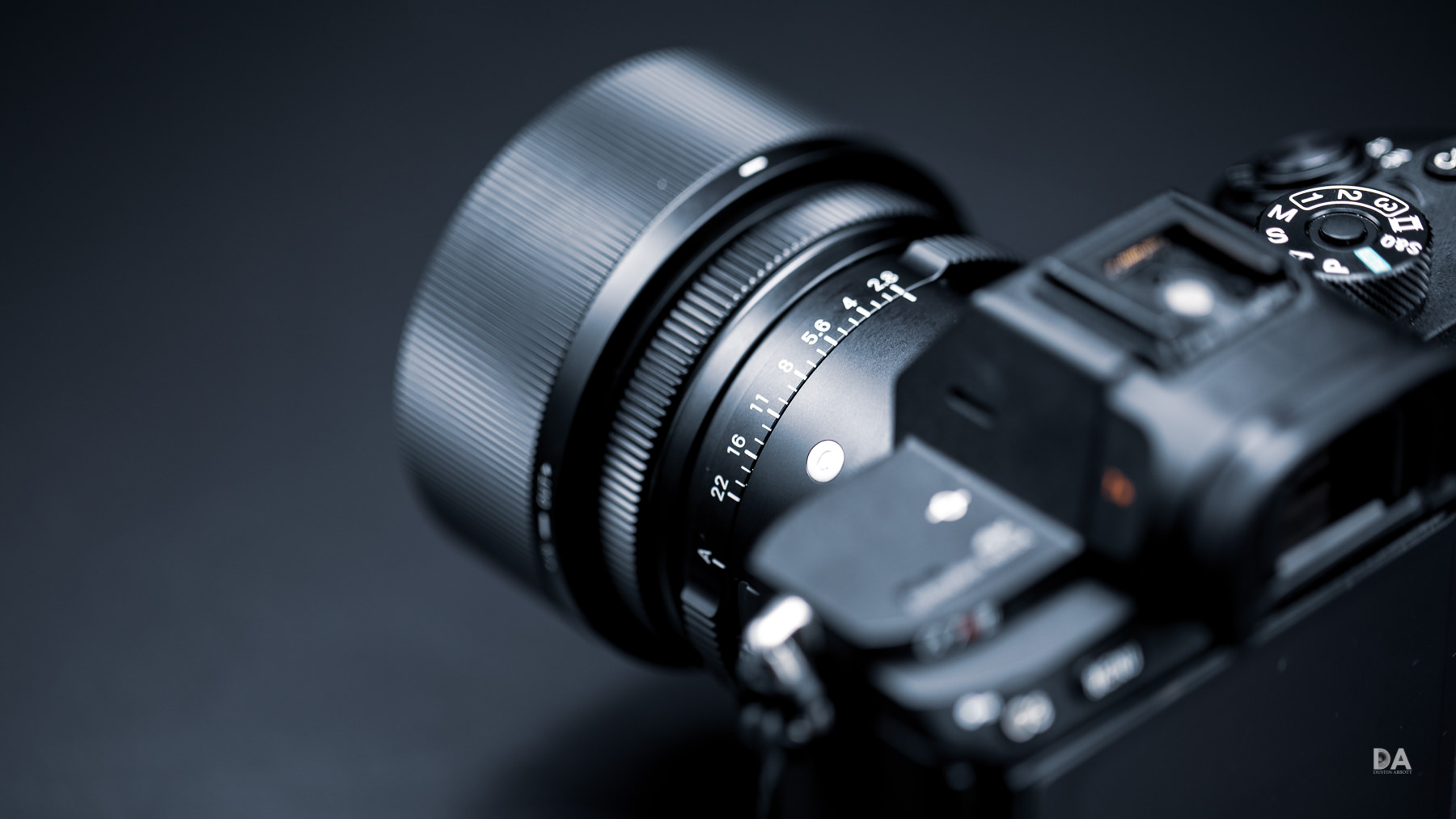
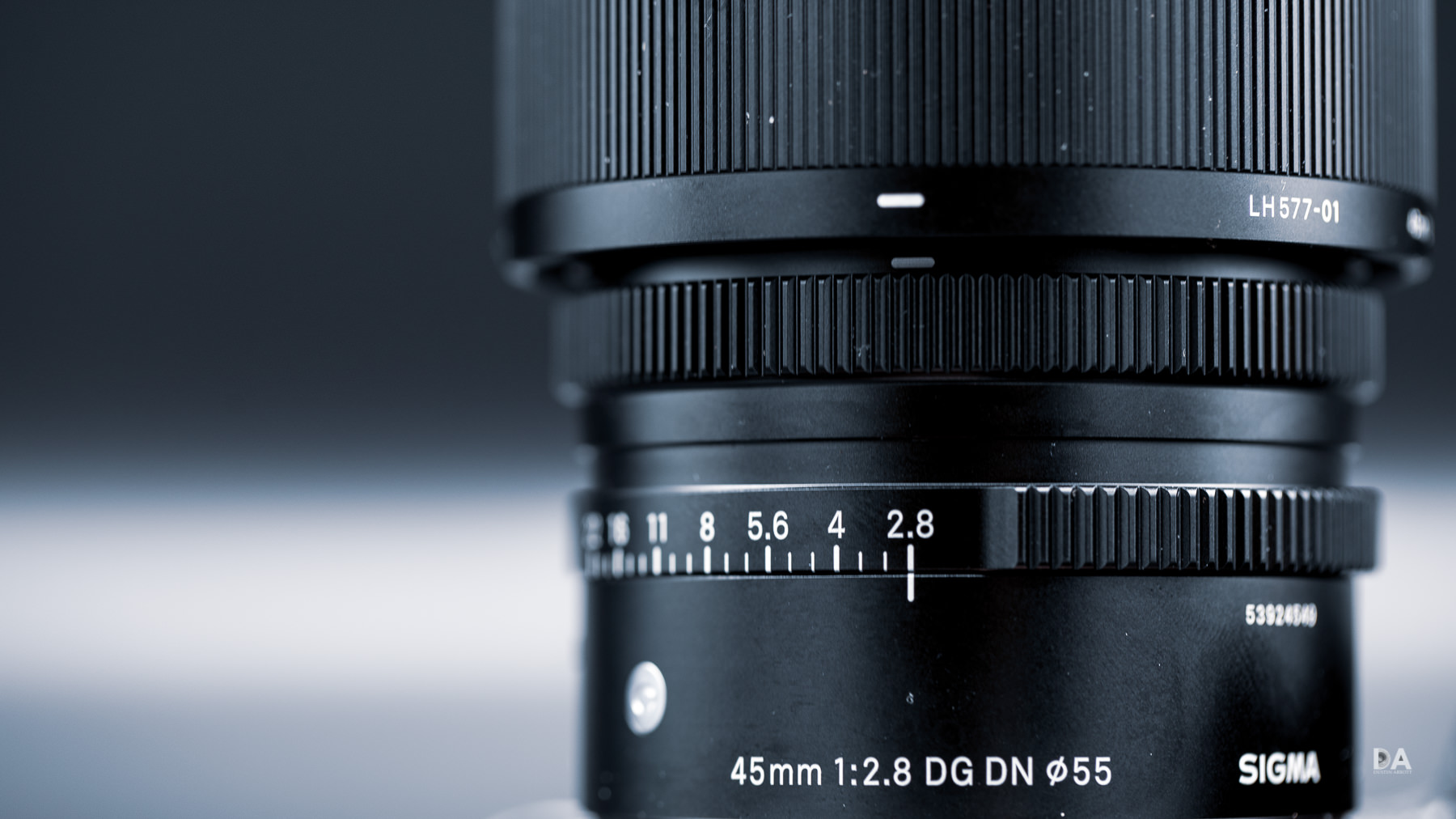
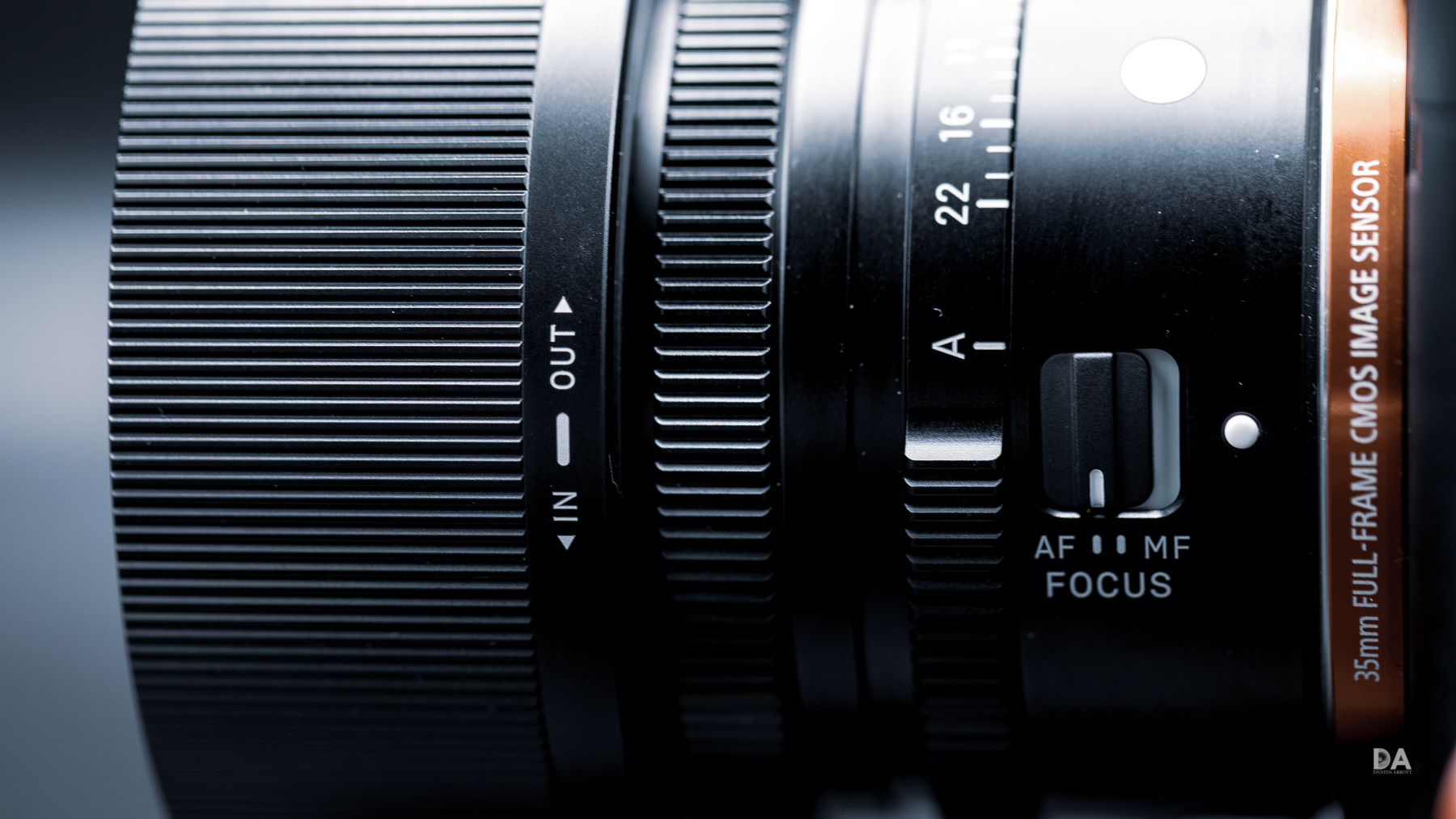
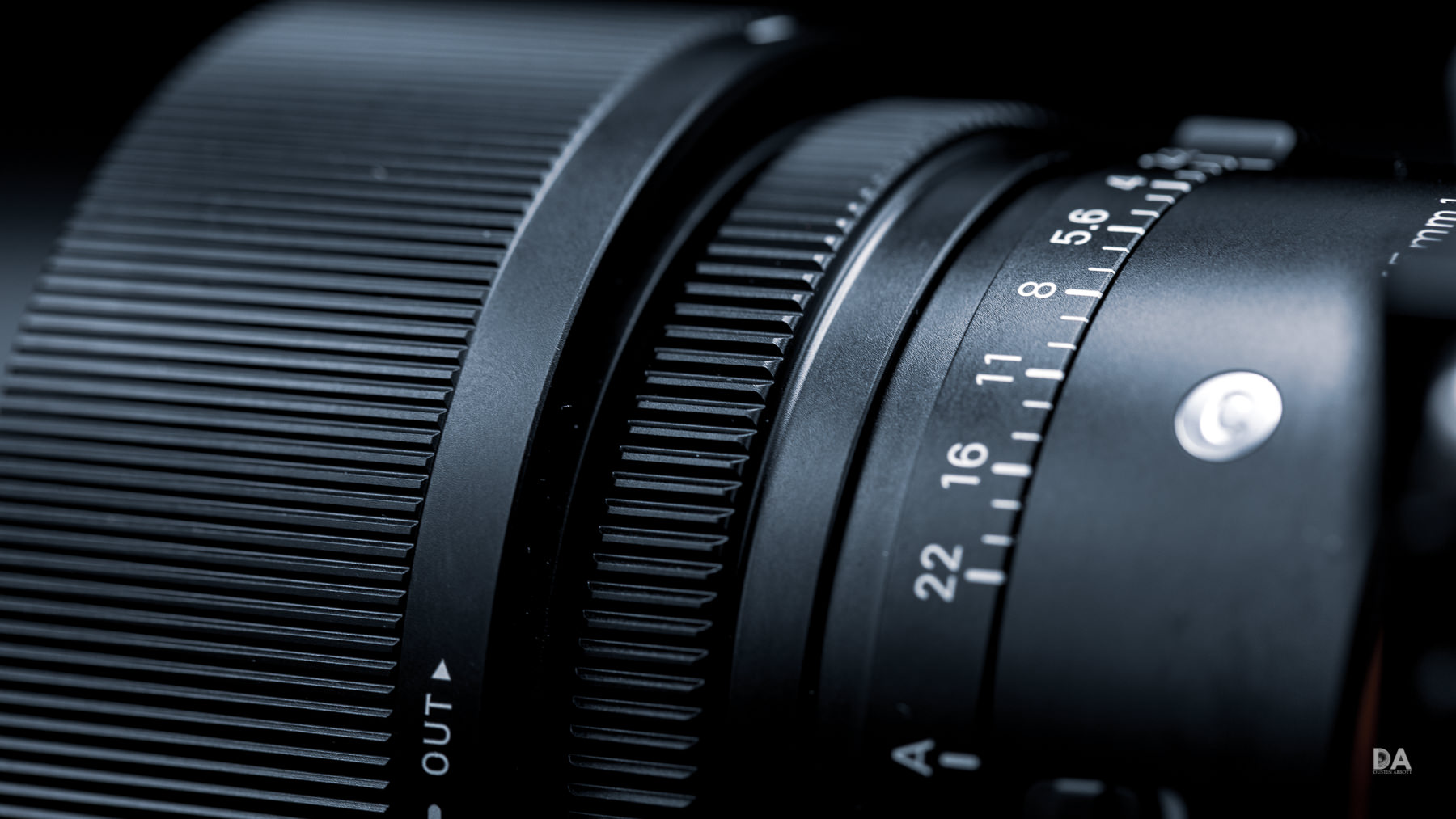

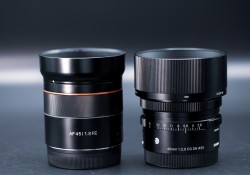
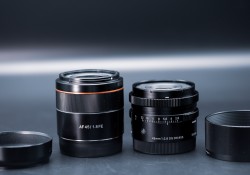
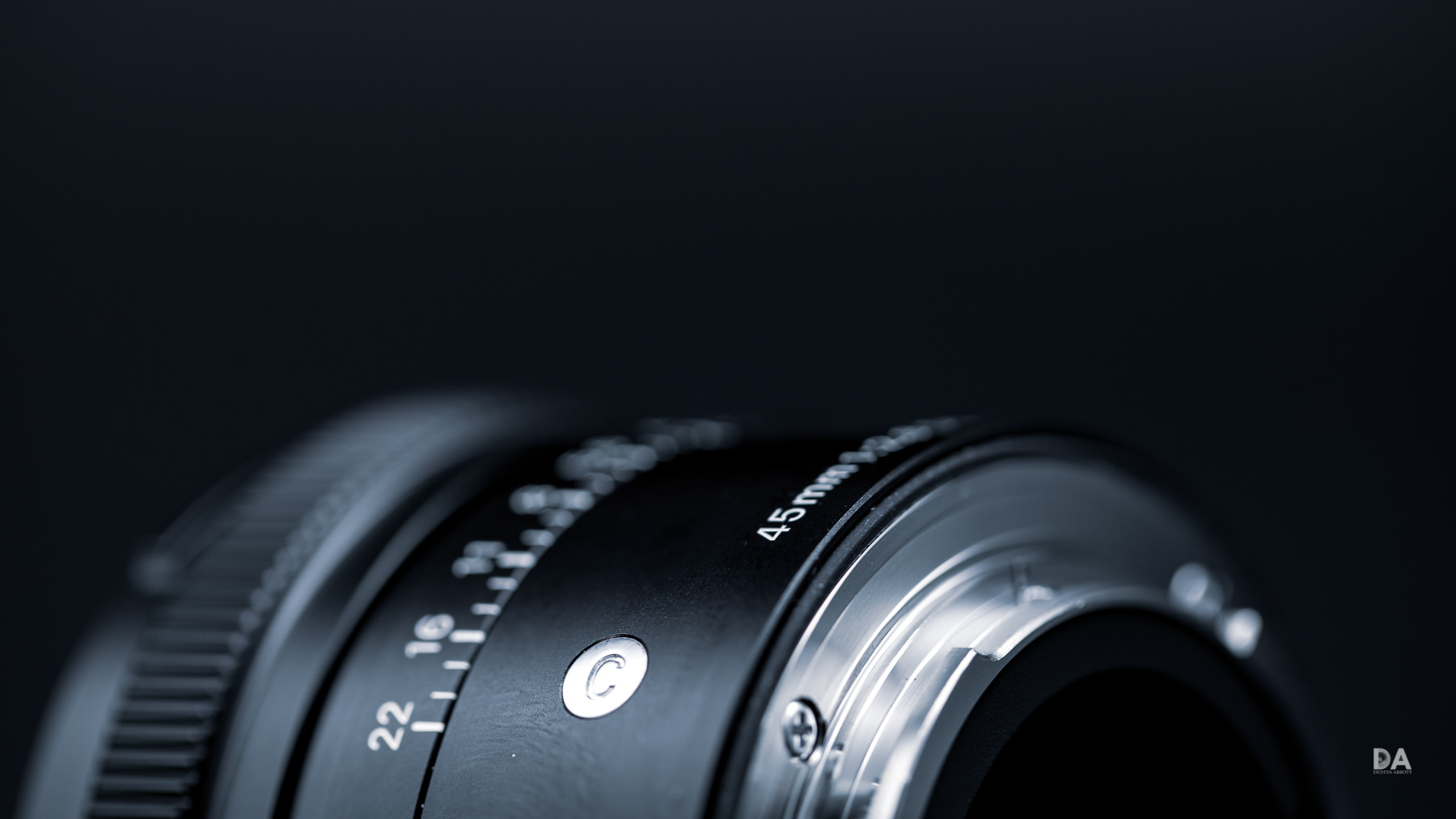
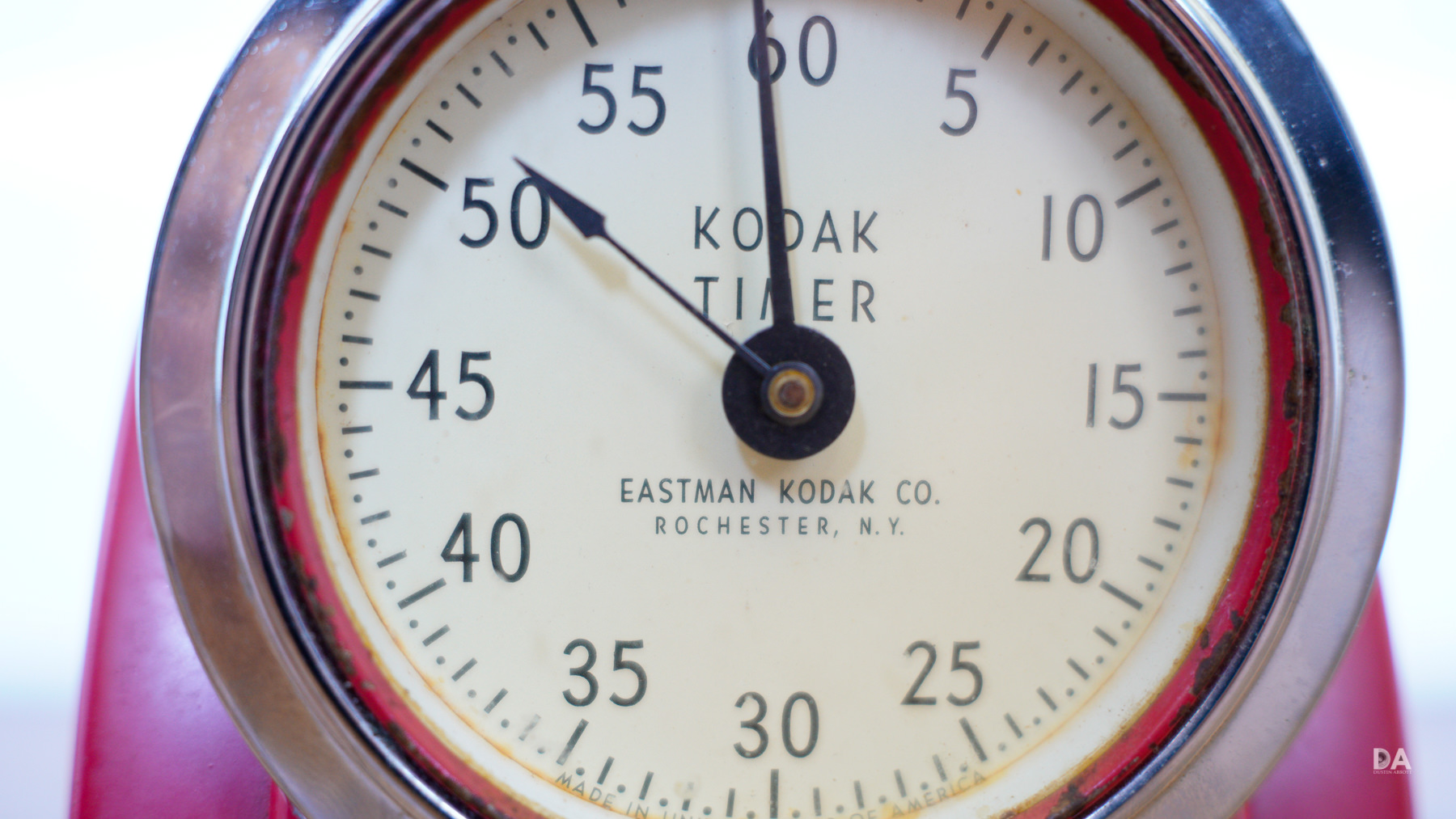

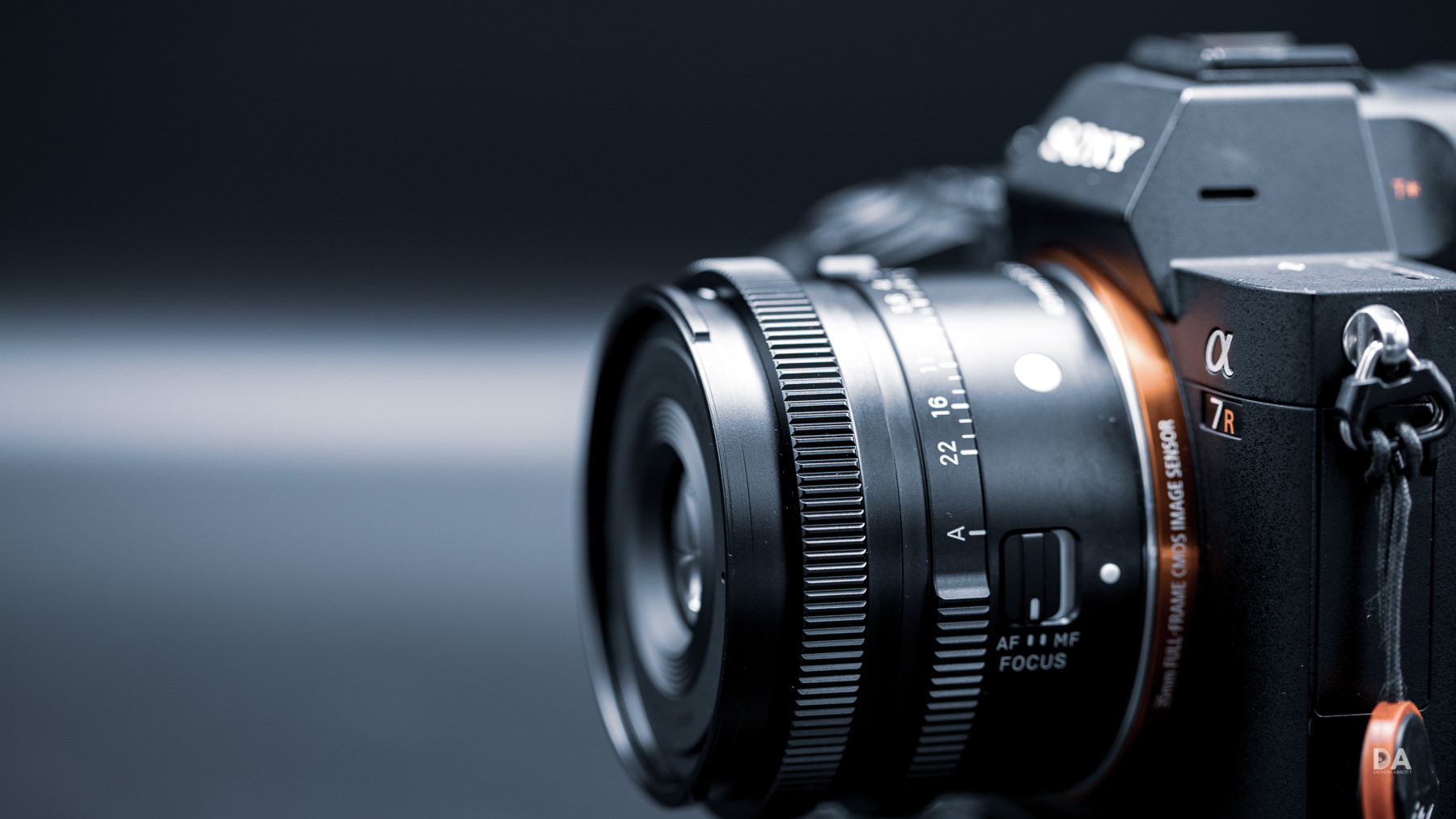








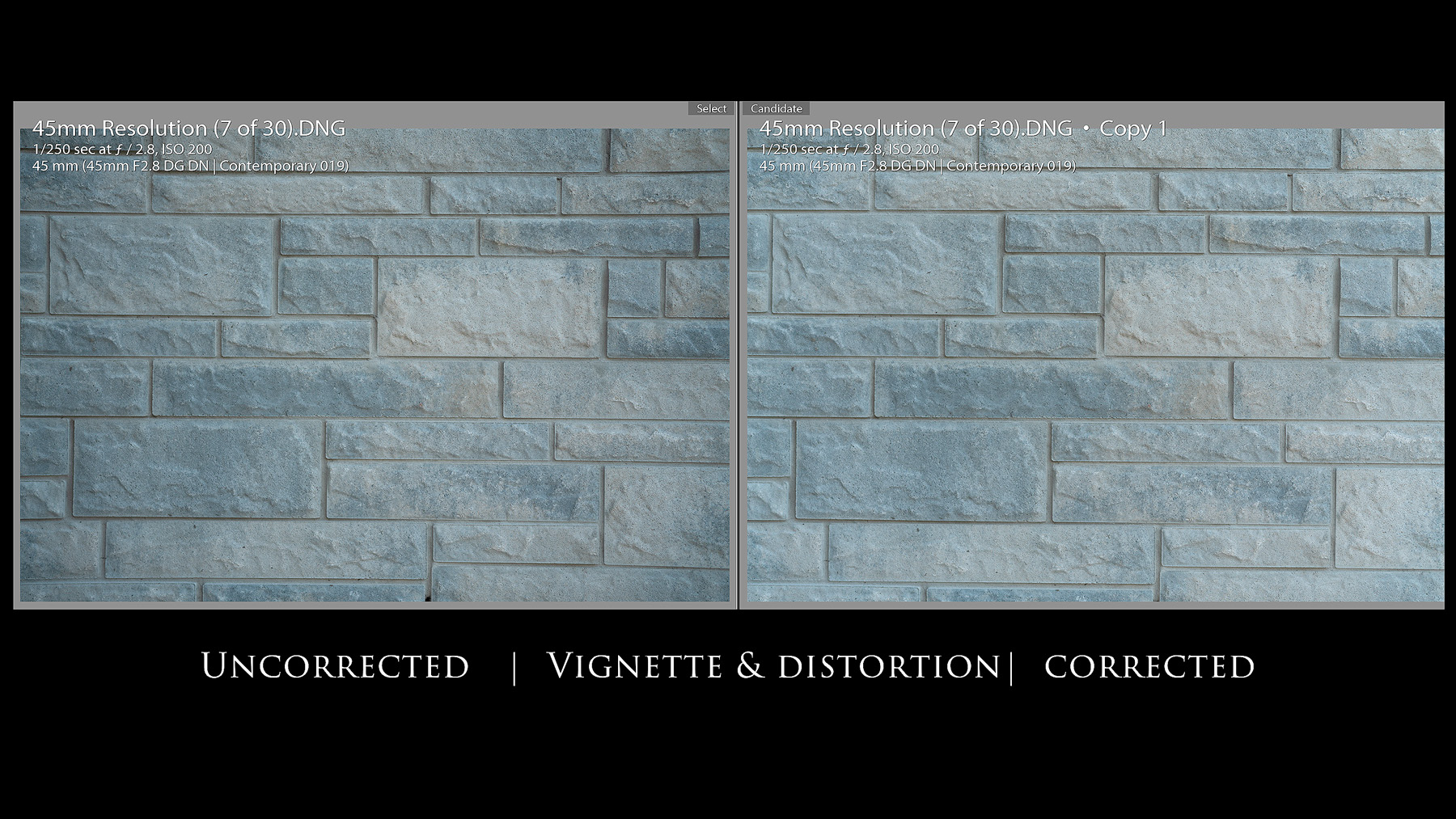
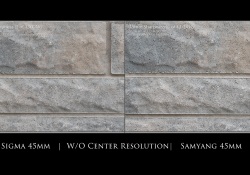
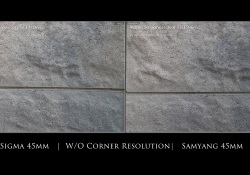

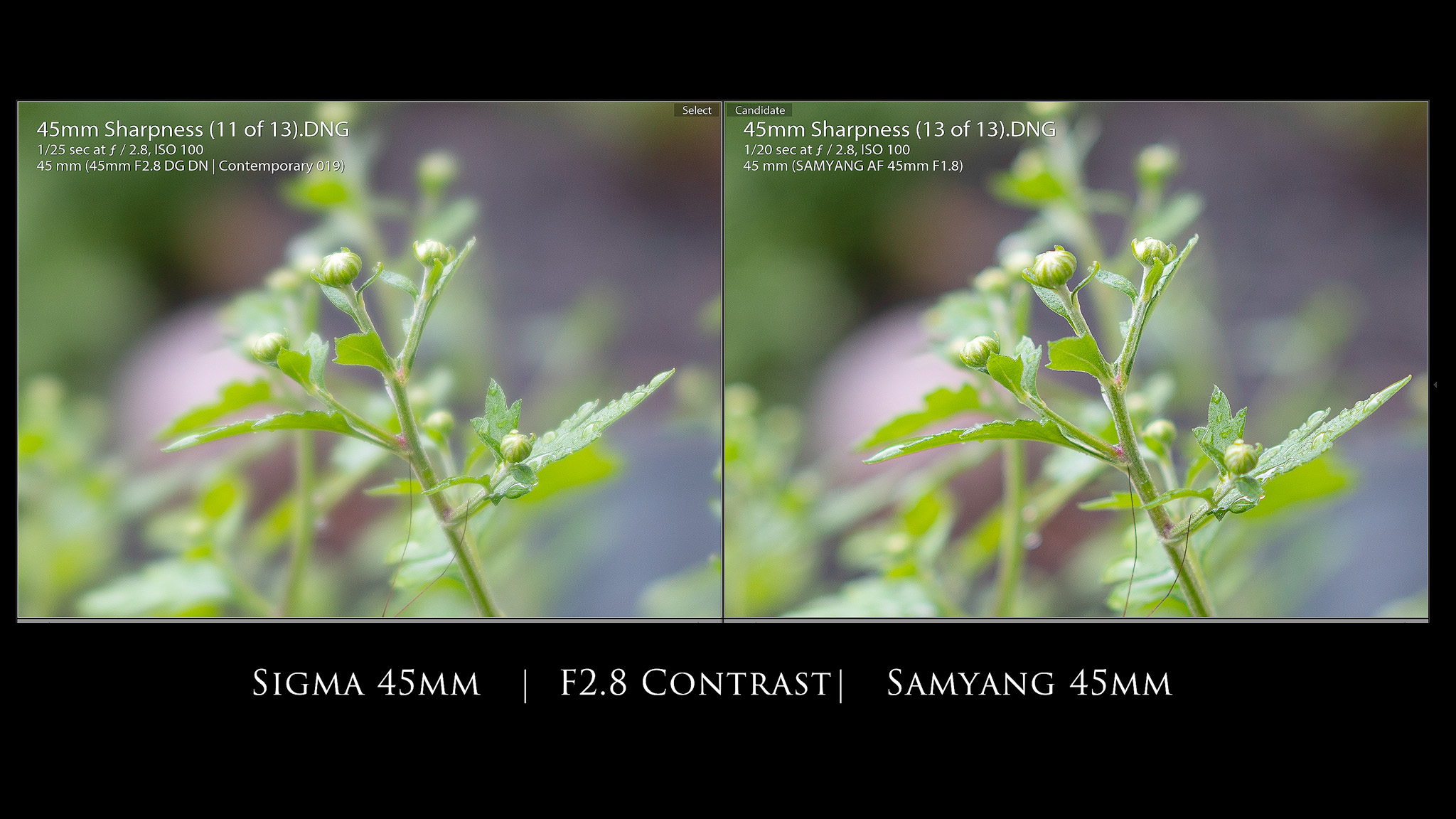
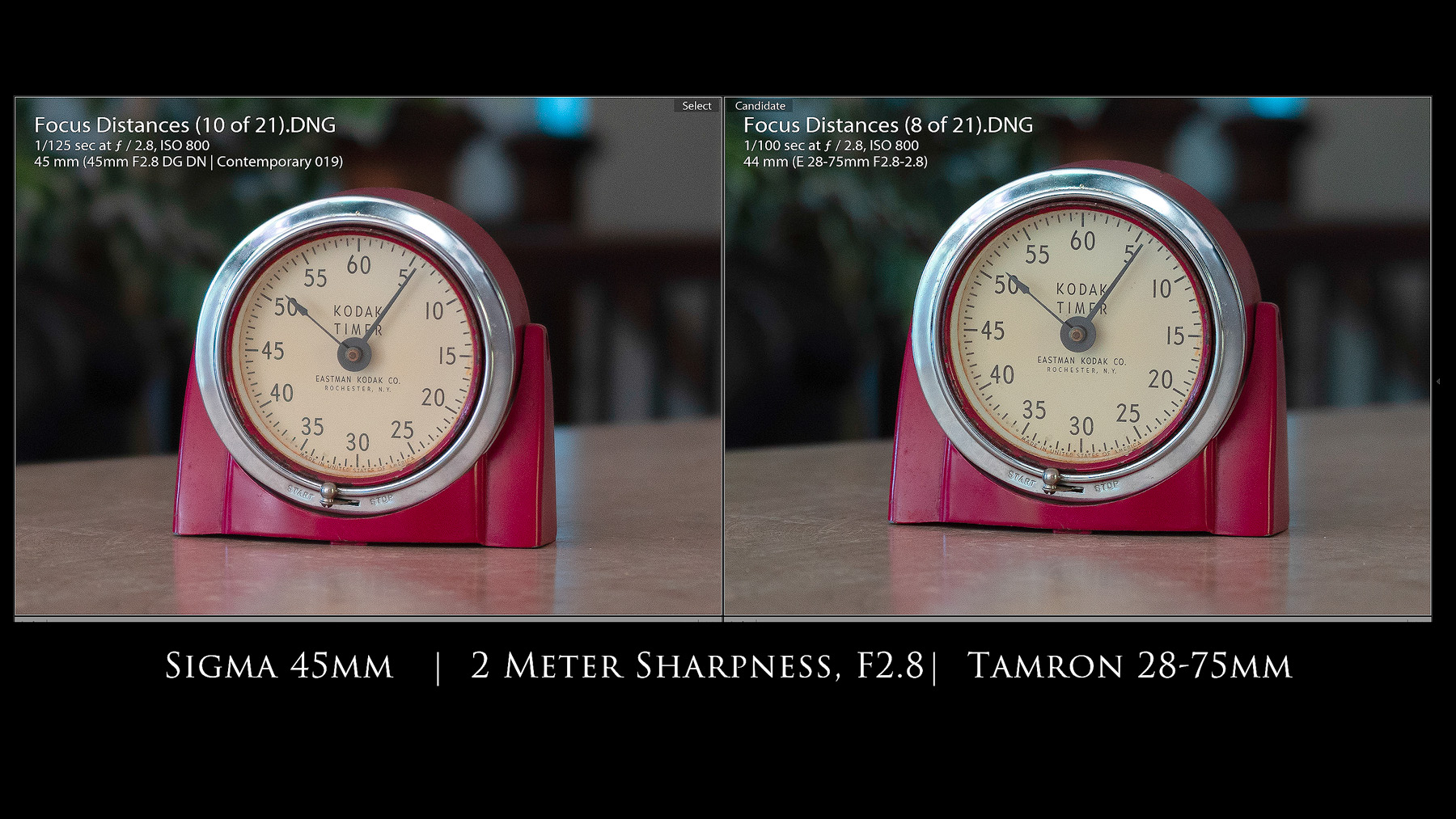
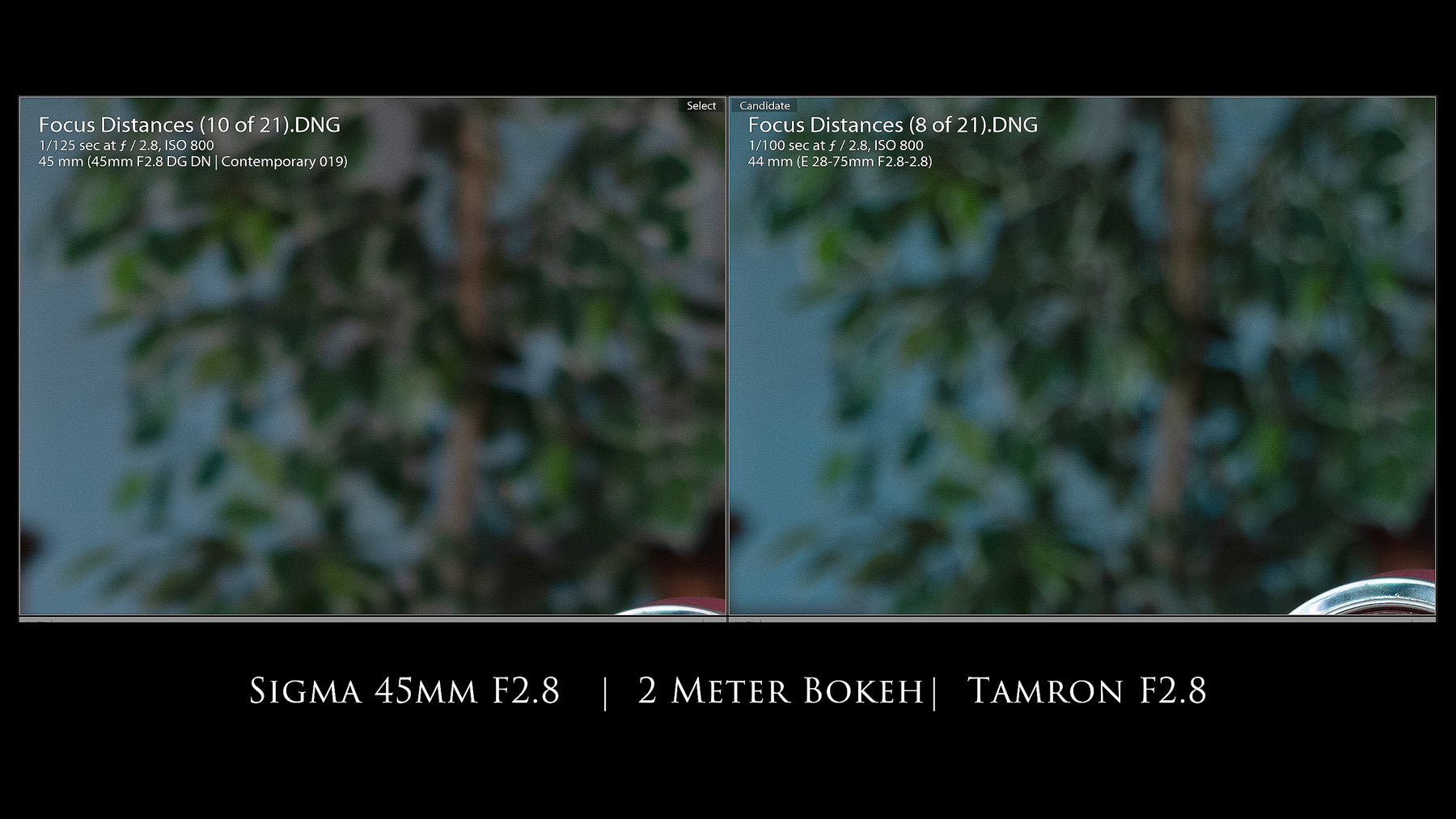

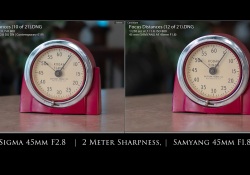

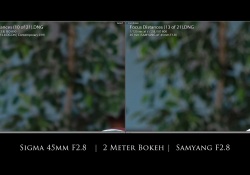









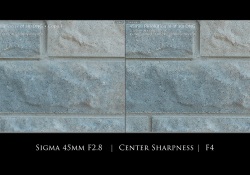
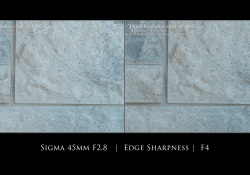
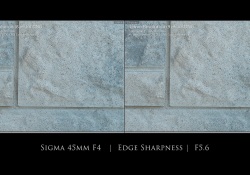






















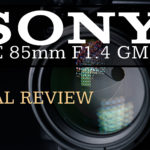
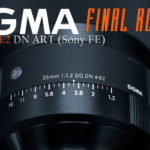

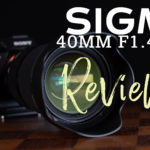
[…] Sigma 45mm F2.8 […]
[…] Sigma 45mm F2.8 […]
[…] Sigma 45mm F2.8 […]